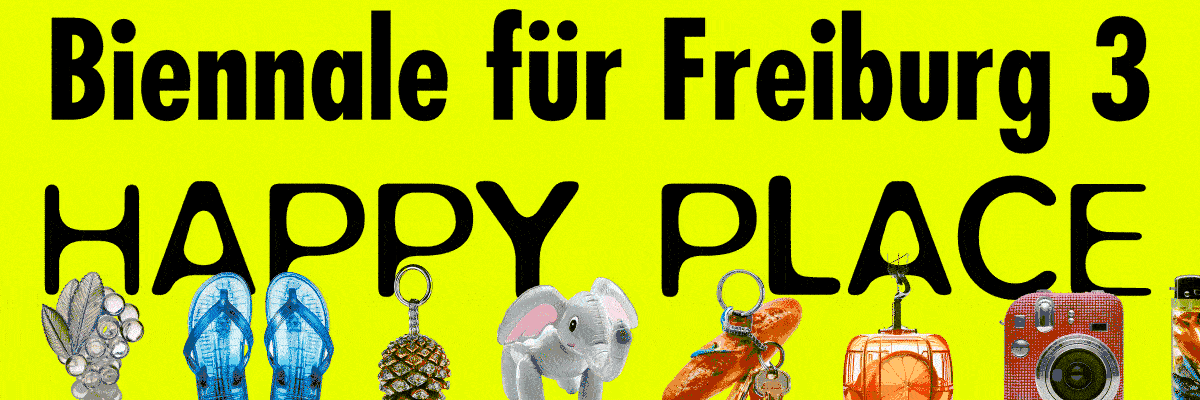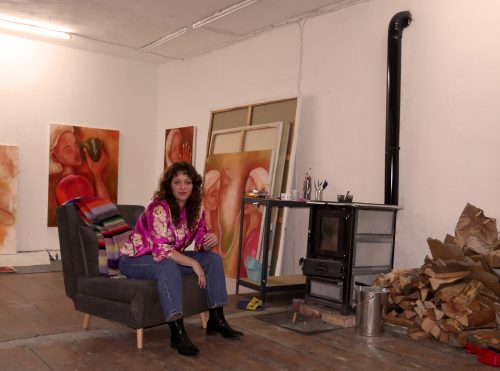
Raúl Díaz Reyes
Arca

Advertisement















The world is made by us
Every language is an alphabet of symbols whose use presupposes a past that the interlocutors share; how can one transmit to others the infinite Aleph, which my fearful memory can scarcely contain
(Jorge Luis Borges)
I meet with Raúl Díaz Reyes, in his atelier in São Paulo. He tells me that his paintings begin in his memories — not in photographs or in something seen from his window, but in memories of places he has visited, of experiences in landscapes he has frequented repeatedly in his hometown or in other cities. Arca’s paintings are organized fragments of these memories. According to the artist, the works are like “time capsules, matrices of open meaning that invite deciphering or simply contemplation.” And here, the word “arca” as a time capsule seems to correspond to the glass sphere in Jorge Luis Borges’ short story *The Aleph*, being one “of the points in space that contains all other points.”
Borges writes the tale *The Aleph* and in other texts like *The Library of Babel*, a model of the universe or an attribute, like infinity, the innumerable, time, eternity or simultaneously cyclically understood. Arca ́s painting In *The Aleph* and other texts such as *The Library of Babel*, Borges creates a model of the universe or of one of its attributes—such as the infinite, the innumerable, or time, whether eternal, simultaneously grasped, or cyclical. Arca’s paintings seem to follow a parallel procedure to Borges’s; within them, there is also a kind of synthesis of the world. These “worlds” in Díaz Reyes’s paintings are represented through more or less abstract forms that repeat or duplicate, that fragment, suspended in a vaporous background of more or less intense colors. It is an iconographic vocabulary constructed from various references.
At first glance, one might align Díaz Reyes’s aesthetic thinking with that of certain artists who approached their work within an articulated structure—elements that combine and recombine to form visual alphabets. Artists who created their own vocabulary of symbolic forms, such as the constructive universalism of Torres García (1874–1949) and the Brazilian *riscadura* of Rubem Valentim (1922–1991). Yet, although Díaz Reyes possesses his own vocabulary of forms, his creative drive is far removed from the “modern” motivation of formulating a program in search of an identity for art, or even from the creation of an intercultural and popular poetic language such as Valentim’s brilliant chthonic alphabet. In Díaz Reyes’s work, painting becomes a territory for the transaction of forms, grounded in his attentive observation of memory and spatial experience. Consciously or unconsciously, from the past or the present, it is his memories—like a narrative of the passage of time—that shape this particular symbolic vocabulary, in a constant exercise of combining and recombining.
As an artist of his time, who lived through the turn of the 20th to the 21st century, Díaz Reyes connects to various creative sources and engages with art history as a kind of open archive, constantly accessible. He mentions influences ranging from costumes designed for theater in 1950s Germany, to his time in Peru and contact with textile art, to his more recent life in Brazil. His paintings are constructed through a logic that blends organization and randomness, with a highly diverse iconology.
His paintings resemble deep spaces where geometric forms, birds, and totems float... The shapes that stand out against more or less transparent backgrounds are like syntheses of places, architectures, natures, and experiences that he composes into a “sensitive geometry.” Elements that are “left over” in some paintings appear in others. The frames designed for each painting repeat some of the forms found within the painting itself, while also structuring and delimiting its space.
According to the philosopher Nelson Goodman, “the world is made by us,” or, precisely, our knowledge consists in the construction of “world-versions.” For him, the constructions of the world expressed by an artist or a scientist are not different interpretations or explanations of one single, preexisting world, but rather one and the same thing. We can therefore say, according to him, that “we make worlds” or that “we make versions,” since these notions are almost always synonymous.
Versions are systems of symbols that organize, classify, and categorize the objects within their domain — that is, their referents. Díaz Reyes offers us his version of the world from different perspectives, in a quiet, unassuming manner.
Off the beaten path in mass production of images in contemporary culture, where time accelerates, the artist seeks new perceptual modes to understand the dual perspective of past and future. It is up to us to think with the artist about another kind of time, a time of pause.
Camila Bechelany




